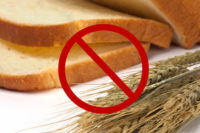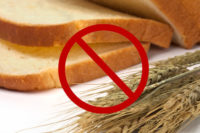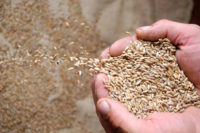People with celiac disease can now have confidence in the meaning of a “gluten-free” label on foods. The U.S. Food and Drug Administration (FDA) issued a final rule last week that defines what characteristics foods must have to bear a “gluten-free” label. The rule also holds foods labeled “without gluten,” “free of gluten” and “no gluten” to the same standard.
This rule has been eagerly awaited by advocates for the estimated 3 million people in the United States with celiac disease, who face potentially life-threatening illnesses if they eat the gluten found in breads, cakes, cereals, pastas and many other foods.
As one of the criteria for using the claim “gluten-free,” FDA is setting a gluten limit of less than 20 ppm (parts per million) in foods carrying the this label. Most people with celiac disease can tolerate foods with very small amounts of gluten. This also is the lowest level that can be consistently detected in foods using valid scientific analytical tools and is consistent with those levels set by other countries and international bodies that set food safety standards.
“This standard ‘gluten-free’ definition will eliminate uncertainty about how food producers label their products and will assure people with celiac disease that foods labeled ‘gluten-free’ meet a clear standard established and enforced by FDA,” says Michael R. Taylor, J.D., deputy FDA commissioner for foods and veterinary medicine.
Before the rule, there were no federal standards or definitions for the food industry to use in labeling products “gluten-free.” An estimated 5% of foods currently labeled “gluten-free” contain 20 ppm or more of gluten, according to the FDA.
In addition to limiting the presence of gluten to less than 20 ppm, the FDA will allow manufacturers to label a food “gluten-free” if the food does not contain any of the following: An ingredient that is any type of wheat, rye, barley, or crossbreeds of these grains; an ingredient derived from these grains and that has not been processed to remove gluten; and an ingredient derived from these grains and that has been processed to remove gluten, if it results in the food containing 20 ppm or more of gluten.
The regulation was published on Aug. 1 in the Federal Register, and manufacturers have one year from the publication date to bring their labels into compliance. Food labels that bear “gluten-free,” “free of gluten,” “without gluten” and “no gluten” claims but fails to meet the rule’s requirements will be considered misbranded and subject to regulatory action by FDA.
Source: U.S. Food and Drug Administration









